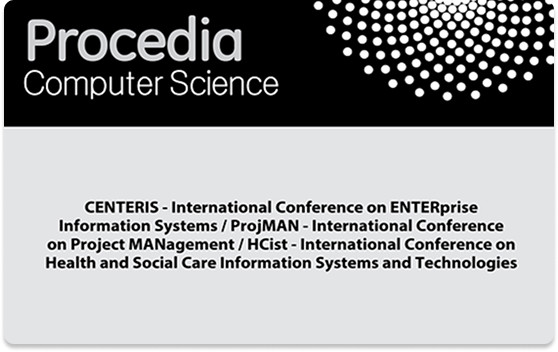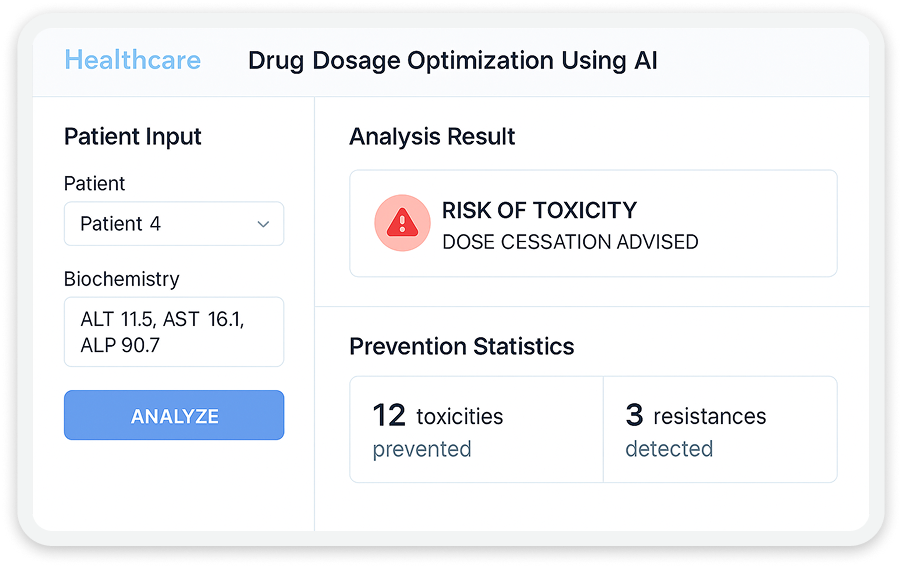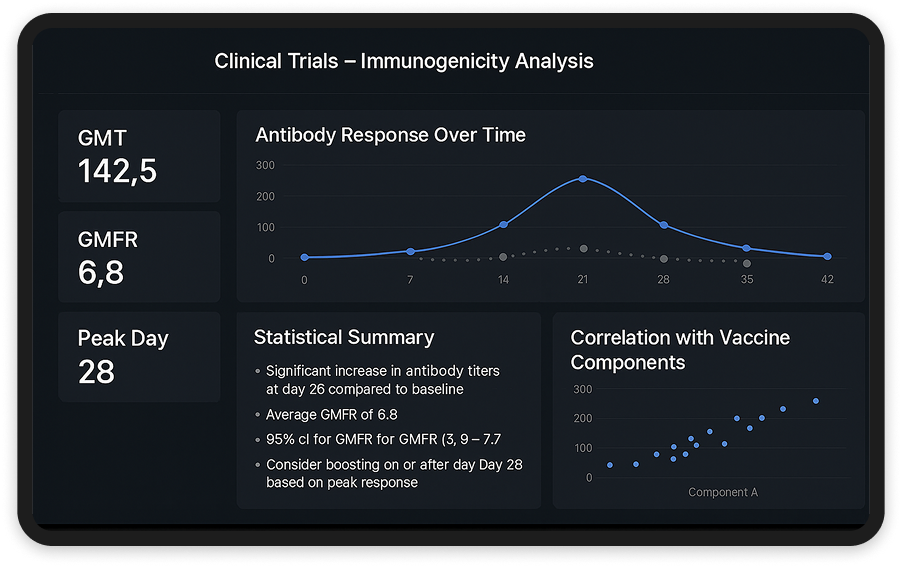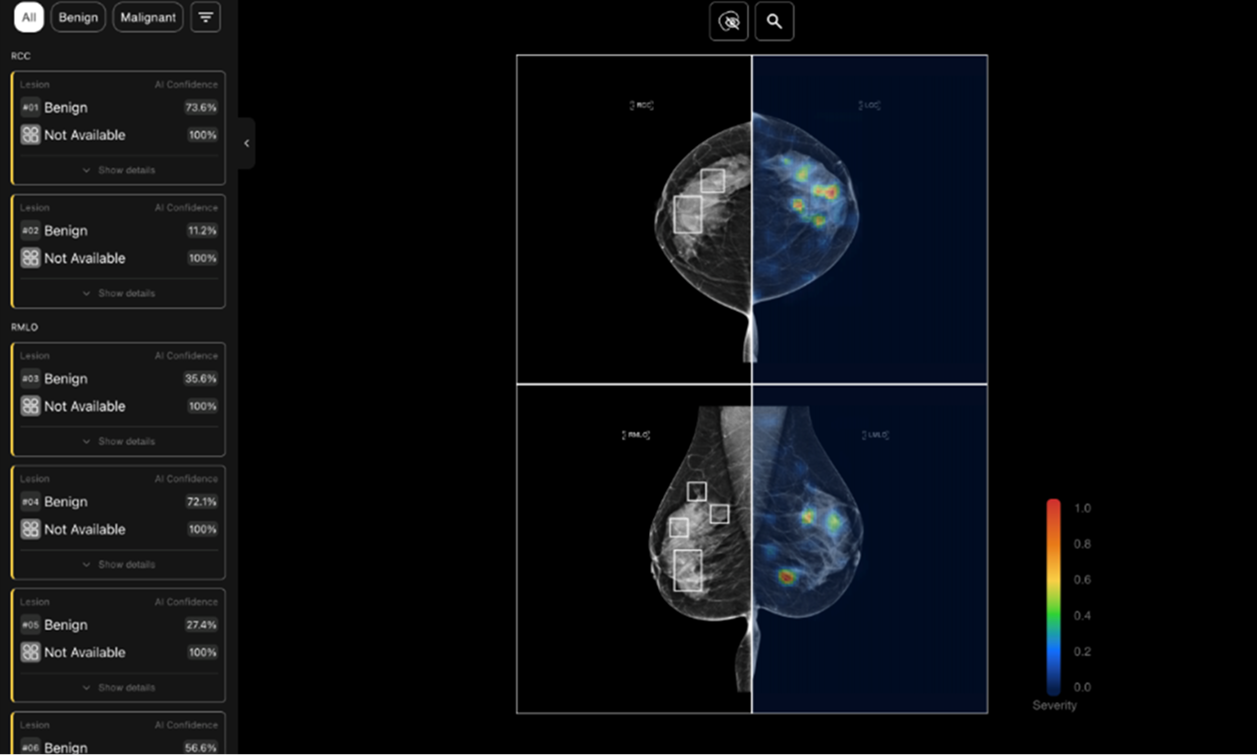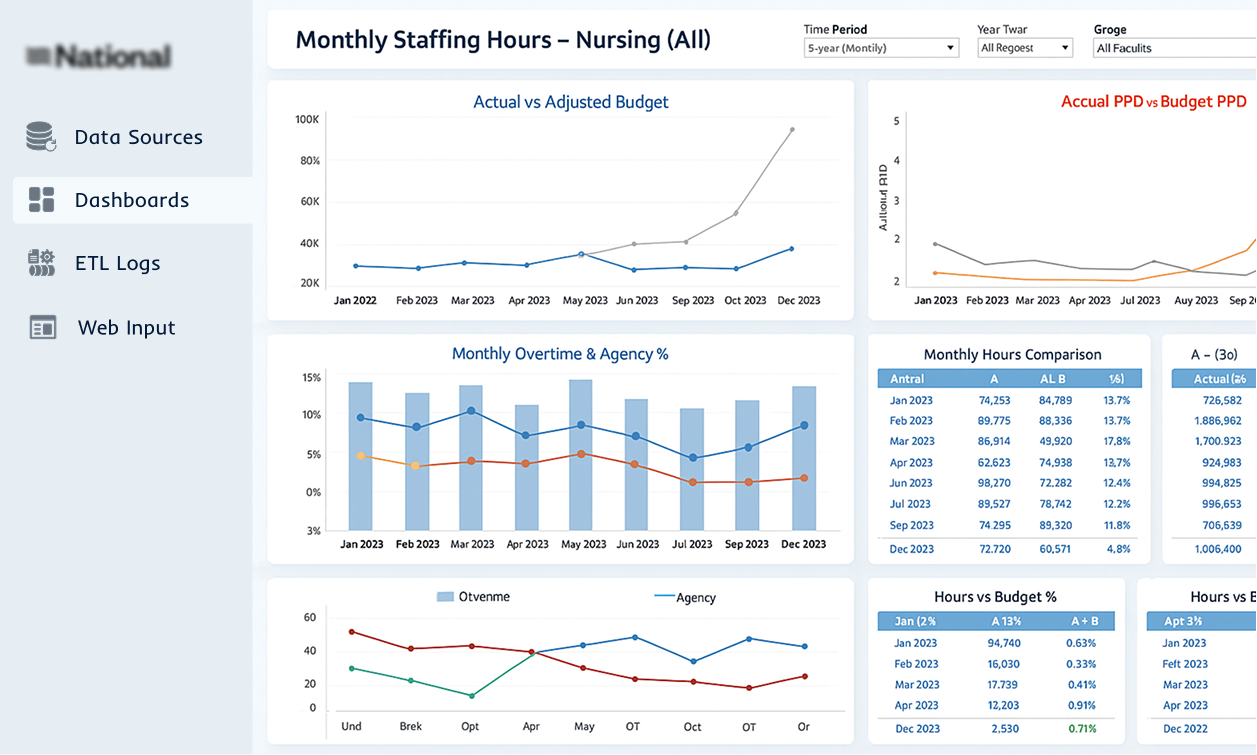The article explores advanced methodologies for predicting medical insurance costs. It introduces a cascade scheme that integrates artificial neural networks (ANNs) with a non-iterative training process, enhancing both prediction accuracy and computational efficiency. The approach leverages response surface linearization techniques, utilizing the Successive Geometric Transformation Model (SGTM) neural-like structure and Ito decomposition to process datasets of varying sizes effectively.
Experiments with real-world healthcare data demonstrate the method’s superiority over traditional models, offering significant improvements in handling large datasets and delivering precise predictions.
Takeaways:
- Hybrid Approach for Speed and Accuracy: The cascade scheme utilizes a hybrid, non-iterative ANN approach, which combines the benefits of high accuracy with a fast training procedure, making it suitable for large-scale healthcare datasets. This dual advantage addresses both performance and efficiency concerns.
- Improved Nonlinear Modeling: The response surface linearization technique enhances the handling of significantly nonlinear tasks, which is essential for modeling complex relationships in healthcare data, such as medical costs, disease progression, or treatment efficacy.
- Comparison with Existing Methods: The proposed cascade scheme is benchmarked against other machine learning models, demonstrating superior performance in terms of accuracy, speed, and computational efficiency, highlighting its potential as a more effective tool in healthcare analytics.
- Real-World Validation: The method’s practical applicability is proven through its use on real healthcare data, emphasizing the importance of empirical validation in ensuring that the proposed model is not only theoretically sound but also effective in real-world scenarios.
- Scalability Across Data Volumes: The scheme’s ability to efficiently handle datasets of varying volumes ensures it can be applied to both small and large-scale healthcare projects, making it versatile for different operational contexts in the healthcare industry.
- Potential for Broader Healthcare Applications: While the study focuses on medical insurance costs, the proposed method can be adapted for other healthcare applications, such as predicting patient outcomes, optimizing resource allocation, and forecasting treatment costs.
- Advancement in Data-Driven Decision Making: The methodology encourages the use of machine learning and AI tools to make more informed, data-driven decisions in healthcare, which is crucial for improving cost efficiency, resource utilization, and patient care.
